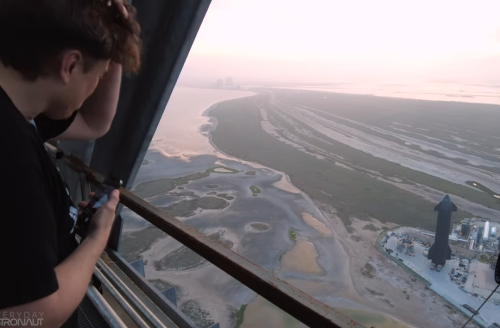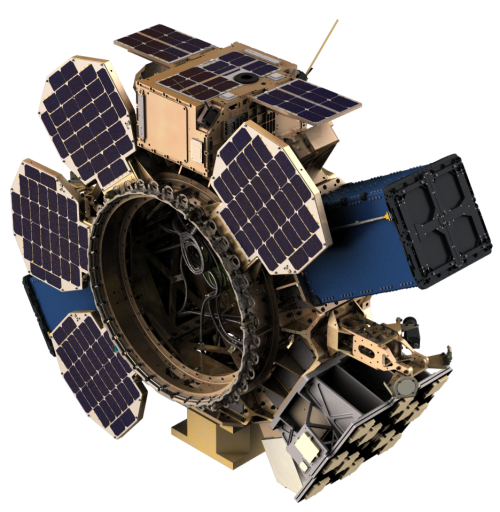Pushback: HOA demands flag be removed; Neighbors rally and raise their own flags

Free speech banned by Cumberland Crossing HOA.
Bring a gun to a knife fight: When the Cumberland Crossing HOA in Ohio demanded that resident Thomas DiSario take down the thin blue line flag he had been flying for five years to honor his son — who had been a policeman killed in the line of duty — he not only refused, all his neighbors rallied in support by raising their own flags throughout the neighborhood.
Some neighbors in a subdivision near Etna are making a statement after a resident was told to take down his “thin blue line flag” by the Homeowner’s Association. The HOA told him to remove it, calling it a political statement.
“I applaud them for it and it’s growing. You see more flags out every few days, you see a few more flags and blue light bulbs,” said Kathy Riddle, neighbor.
More and more neighbors in Cumberland Crossing are mounting thin blue line flags outside their homes. “We wanted to show respect for our neighbor. And we appreciate the service that his family member gave,” said Riddle.
It appears that the HOA demanded the flag’s removal after one complaint, and claimed the reason for doing so was simply because “It is a political statement.” The image below shows the text from the HOA letter, clearly indicating that its reasons for demanding the flag’s removal was an attempt by the HOA to ban political speech.
» Read more

Free speech banned by Cumberland Crossing HOA.
Bring a gun to a knife fight: When the Cumberland Crossing HOA in Ohio demanded that resident Thomas DiSario take down the thin blue line flag he had been flying for five years to honor his son — who had been a policeman killed in the line of duty — he not only refused, all his neighbors rallied in support by raising their own flags throughout the neighborhood.
Some neighbors in a subdivision near Etna are making a statement after a resident was told to take down his “thin blue line flag” by the Homeowner’s Association. The HOA told him to remove it, calling it a political statement.
“I applaud them for it and it’s growing. You see more flags out every few days, you see a few more flags and blue light bulbs,” said Kathy Riddle, neighbor.
More and more neighbors in Cumberland Crossing are mounting thin blue line flags outside their homes. “We wanted to show respect for our neighbor. And we appreciate the service that his family member gave,” said Riddle.
It appears that the HOA demanded the flag’s removal after one complaint, and claimed the reason for doing so was simply because “It is a political statement.” The image below shows the text from the HOA letter, clearly indicating that its reasons for demanding the flag’s removal was an attempt by the HOA to ban political speech.
» Read more













